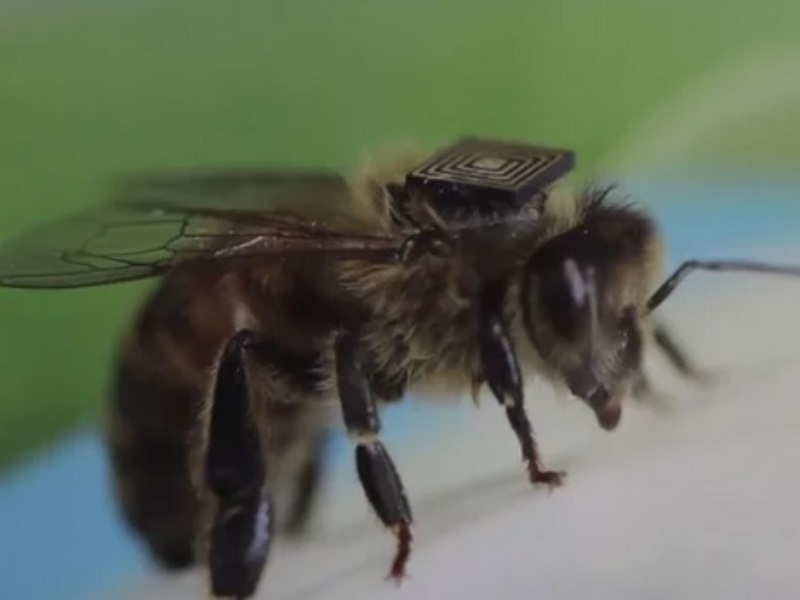-
Tips for becoming a good boxer - November 6, 2020
-
7 expert tips for making your hens night a memorable one - November 6, 2020
-
5 reasons to host your Christmas party on a cruise boat - November 6, 2020
-
What to do when you’re charged with a crime - November 6, 2020
-
Should you get one or multiple dogs? Here’s all you need to know - November 3, 2020
-
A Guide: How to Build Your Very Own Magic Mirror - February 14, 2019
-
Our Top Inspirational Baseball Stars - November 24, 2018
-
Five Tech Tools That Will Help You Turn Your Blog into a Business - November 24, 2018
-
How to Indulge on Vacation without Expanding Your Waist - November 9, 2018
-
5 Strategies for Businesses to Appeal to Today’s Increasingly Mobile-Crazed Customers - November 9, 2018
Tiny Intel chip is bee death researchers new weapon
The Commonwealth Scientific and Industrial Research Organisation, or CSIRO, in Australia is leading an initiative to look after the bee health.
Advertisement
“The tiny technology allows researchers to analyse the effects of stress factors including disease, pesticides, air pollution, water contamination, diet and extreme weather on the movements of bees and their ability to pollinate”, Paulo de Souza, the organization’s science leader, said in a statement.
According to the Bee Informed Partnership, a coalition of universities and research labs involved in honeybee research, U.S. beekeepers lost 42.1% of their colonies between April 2014 and April 2015. Without bee populations, crops may be far less productive. Due to the urgent and global nature of this issue, we saw the need to develop a methodology that any scientist could easily deploy, he said in an announcement of the collaboration with Intel.
“In some parts of the world, a healthy hive of bees can be like clockwork one day, and then every single bee is dead the very next day, and we have no idea why”, CSIRO’s Dr. Souza told the BBC.
Microsensors may be the key to solving the mystery behind the collapse of honeybee colonies.
“Putting all the scientists working together in a global initiative is a way that we collaborate, using the same technology, the same experimental protocols, we share the data using the same format and then hopefully we evolve the knowledge in understanding better what is causing the collapse of bees before it’s too late”.
Another possible reason is the Varroa destructor, a predatory mite that has already killed several bee colonies in the last 10 years. These tiny trackers work like the black box on an aeroplane, suggesting information on the important stress factors that could potentially impact the health of the bees.
Researchers have said the falling hive numbers were caused by threats such as the sudden death of millions of adult insects in beehives – known as “colony collapse disorder” – a blood-sucking mite called Varroa, pesticides and climate change.
The bee sensors that the agency has developed weigh only around 5.4 milligrams. “Each bee will have a specific code… and we can follow when the bee leaves the hive and returns”.
Advertisement
Intel’s Edison boards were used for the sensors since it consumes as little energy as possible while being powered by solar panels and has wireless capabilities to transmit the data. It’s also easily customisable which means that if a scientist has a sensor they would like to add, they can virtually plug in and play.




























